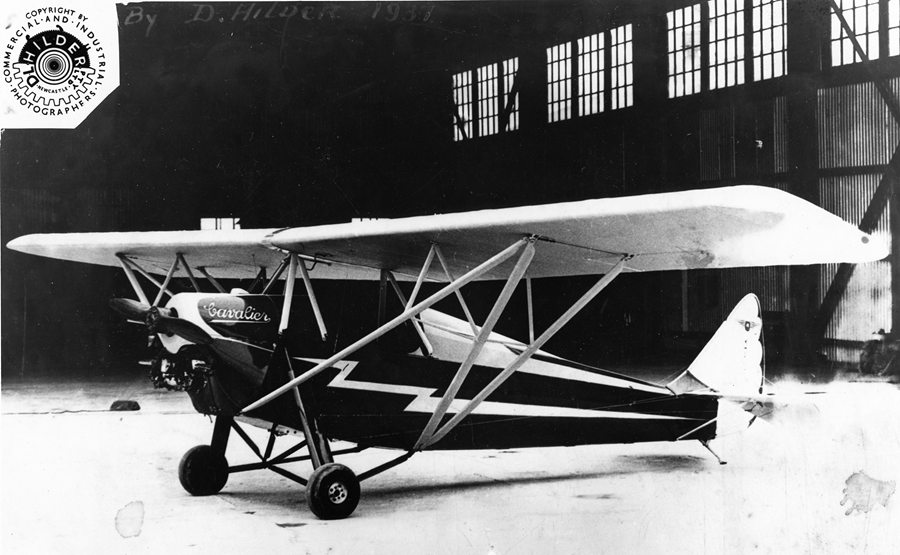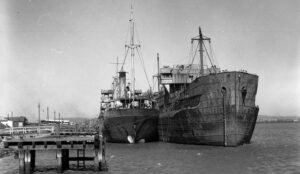Dalkeith Llewellyn Hilder became famous in the Newcastle area for creating the Belmont airstrip at Lake Macquarie and for founding the Aeropelican commuter airline that operated there. But aside from those signature achievements he was a driven man with many business achievements to his name.
Speaking of his name, he was seldom referred to as Dalkeith. His family knew him as “Dal”, while most other people – including work and business associates – called him “Keith”. (Confusingly, his son was named Keith, but people outside his family called him “Bill”.)
According to a short biography supplied to me by Keith Hilder’s grand-daughter, Cheryl Edgtton, he was born on November 27, 1911, in Kurri Kurri, on the NSW Hunter Valley coalfields. His father, a postal clerk, died of tuberculosis at Sydney’s Waterfall Sanatorium in his thirties and when his mother was admitted to Thirlmere Home in 1920 with the same ailment he and his younger sister Daphne went to live with relatives. Daphne went to her maternal grandmother at The Junction, Newcastle, while Keith went to his mother’s sister in Hamilton, Newcastle. After his mother died in march 1922 Keith went to live with his paternal grandparents, Alfred and Mary Hilder, in Grenfell. (It has been widely reported that Keith was sent to an orphanage in Sydney but ran away to Grenfell. Cheryl Edgtton says this story is probably a myth and that she has found no evidence he was ever in an orphanage.)
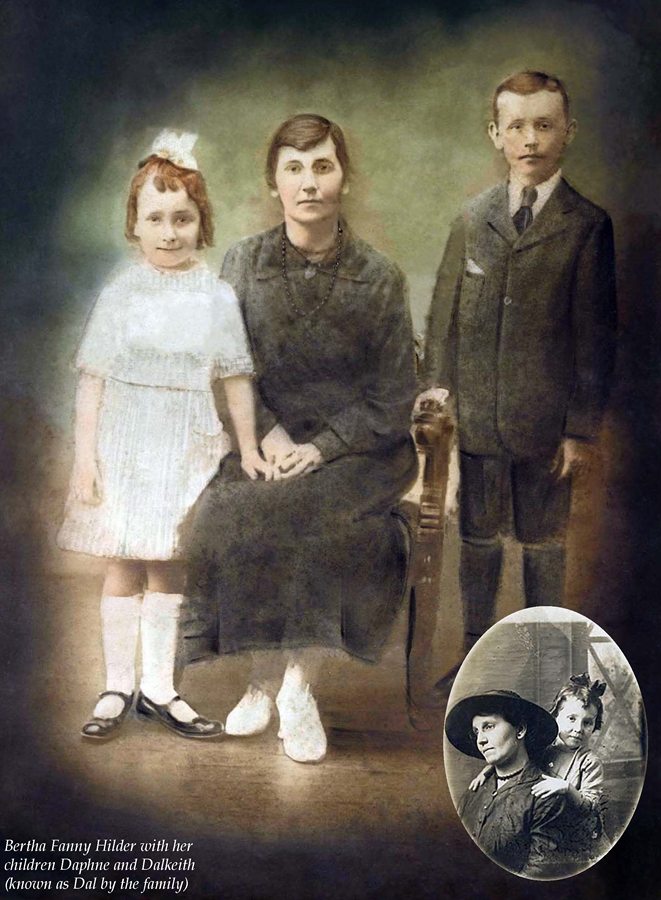
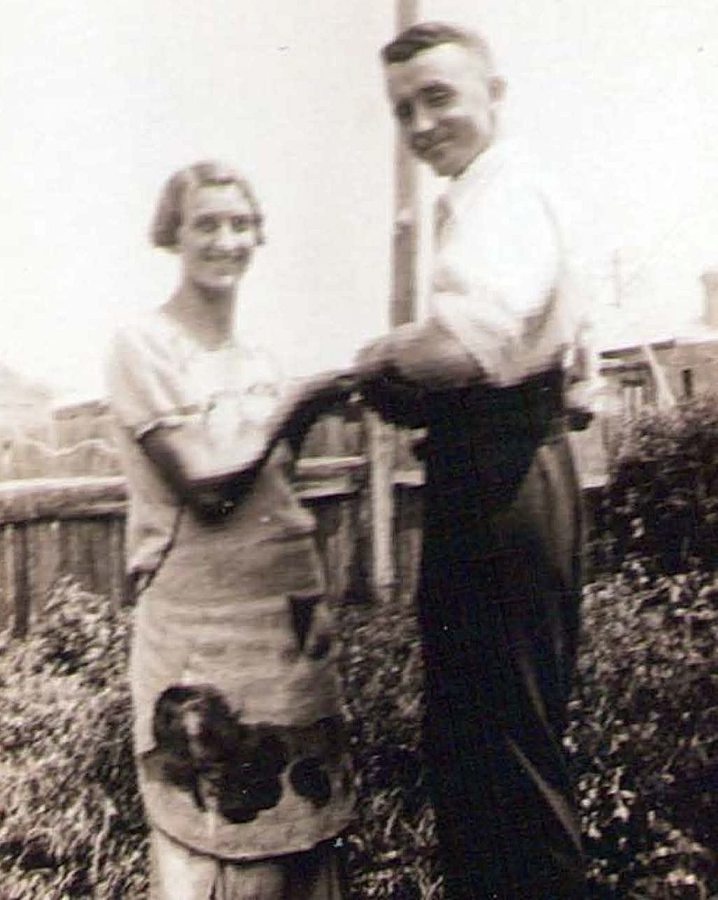
In Grenfell as a youngster Keith is said to have delivered newspapers and as he grew he also took opportunities to educate himself in engineering-related disciplines and aviation – in which he had a strong interest. He was a keen sports motorcyclist and he completed an apprenticeship as a motor mechanic at Grenfell. By 1935 he was working as a fitter, welder and mechanic for Brambles in Newcastle.
When he married British-born Elizabeth “Betty” Williams in Merewether in January 1935 he declared his occupation as “engineer” and his address as The Junction. Around that time Keith – having befriended Leo Turl of Tugan Aircraft Ltd, based at Mascot, Sydney – took some leave from Brambles to go and help out as a fitter-welder on Tugan’s “Gannet” aircraft prototype, then being built. While at Mascot he contacted a sergeant at Richmond air force base with a view to joining the RAAF as a fitter-welder or ground engineer. He joined in January 1938 and was discharged at his own request nine days later – most likely (based on a reading of the National Archives file here) because he and his wife quickly realised the disadvantages involved.
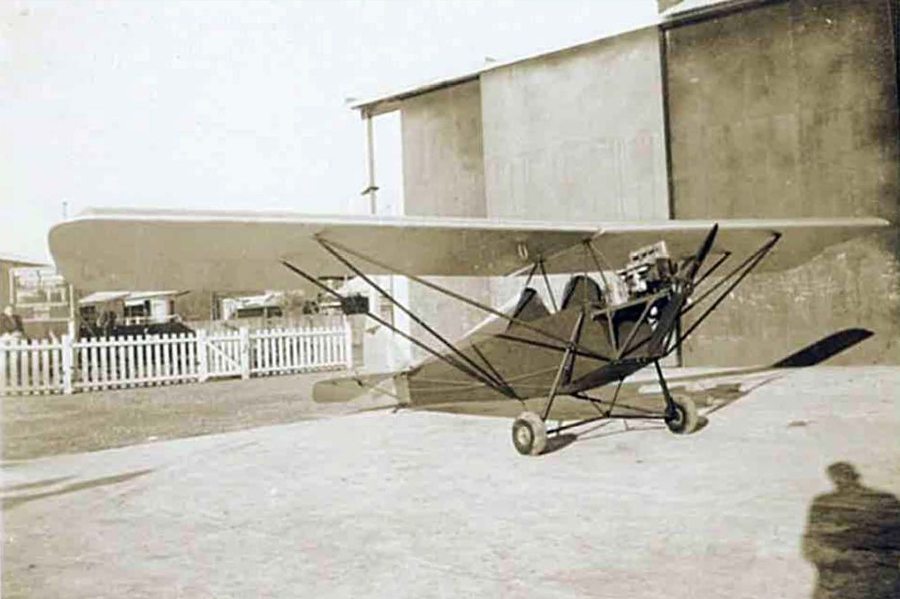
An early member of Newcastle Aero Club, Keith was reported to have bought his first aircraft in 1936. This was the famous “Skybaby”, a small experimental monoplane built by the Clancy brothers of Sydney. Regulations restricted Skybaby’s flying activities to a radius of three miles from an aerodrome. Keith is reported to have told friends in Grenfell that he planned to fly over that town, but he never got the chance. Skybaby, while being piloted by a 21-year-old East Maitlander, Frank Cook, suffered engine failure on September 8, 1936. Cook tried to land on Lindsay Street, Hamilton, and ended up partly on the property of a Mr Roy Gladys after the plane’s right wing was torn off by a power pole. Cook was pulled unconscious from the wreck and treated in Newcastle Hospital. His injuries were not serious. At the time of the crash Keith had only owned the plane for a few days.
By 1937 he was lecturing part-time in oxy-welding at Newcastle Technical College and, incredibly, had built his own aeroplane, a small single-seat monoplane which he named the “Cavalier”. This craft plainly owes a lot in its design (perhaps even some recycled parts?) to the ill-fated Skybaby. According to a newspaper article of the time, the plane cost him £75 to build (engine not included) and he believed the aircraft could be brought to market at a cost of about £350. The plane was built under close supervision of Newcastle Aero Club’s chief ground engineer, Fred Silverthorne, who endorsed it as fully compliant. The plane was successfully flight-tested in 1938 and in 1939 Keith Hilder became the first Newcastle-area resident to pass all examinations to quality as a ground engineer, permitted to do aviation-standard oxy-welding.
In 1943 Keith bought a Moth Minor aircraft from Newcastle Aero Club. The war meant the club’s flying activities had been curtailed and Keith was given permission to buy it, perhaps for aerial photography. The photo below, of the sailing ship Lawhill off Newcastle in 1944, shows the Moth Minor above the ship. Some aerial photos of the Lawhill during this visit may have been taken by Keith. In October 1944 Keith sold the plane to Mrs Gertie McKenzie, of Melbourne.
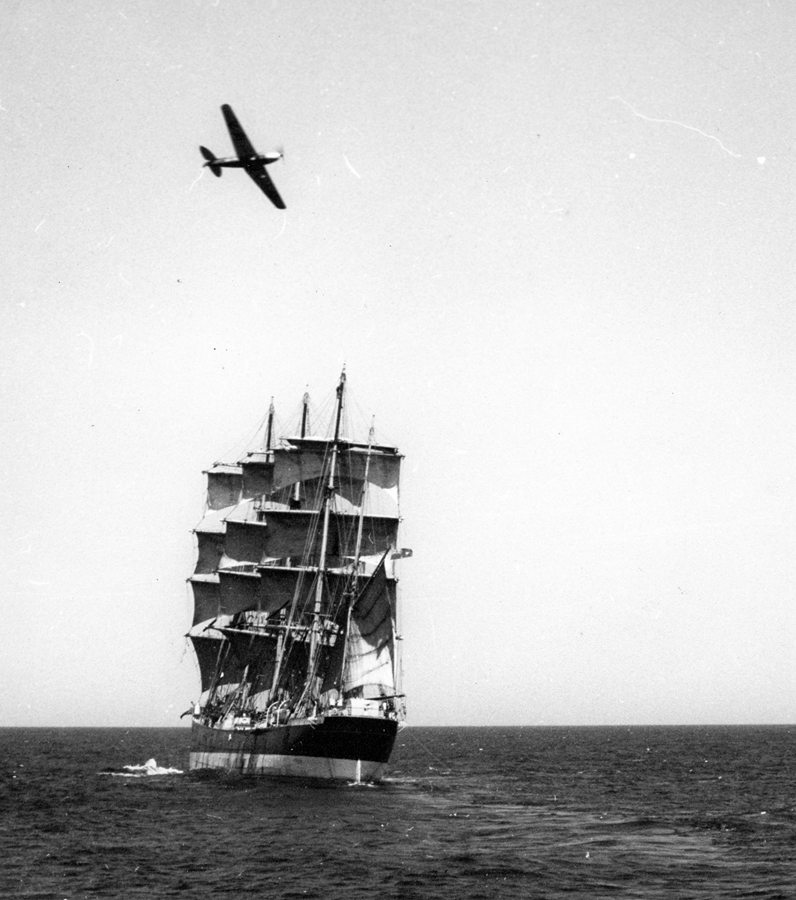
Keith quit his job (by that point he was full-time) at Newcastle Technical College in April 1944 to focus on his interests in business, engineering and aviation. He had qualified as a pilot, and was involved in December 1945 in the ferrying of six Tiger Moth biplanes from Tamworth to Newcastle, via Scone, for Royal Newcastle Aero Club.
In 1947 Keith went into partnership with a Newcastle man, Gordon Lewis, to mass-produce a fishing reel that Lewis had patented the year before. Establishing a small factory in King Street, Newcastle, Keith told the press in 1949 that he had spent £2,000 equipping the plant. He hired 10 staff – some of them skilled workers recruited from Greta migrant camp – and soon the factory’s “Surfmaster” reels were being keenly bought by fishermen in Australia and overseas. It was reported that, during his fishing reel phase, Keith prowled wharves and beaches quizzing fishermen on their sport and trying to find ways of improving his product. He sold the business to Bob Conaghan in the early 1950s. Over the years more than 50,000 Surfmasters were sold.
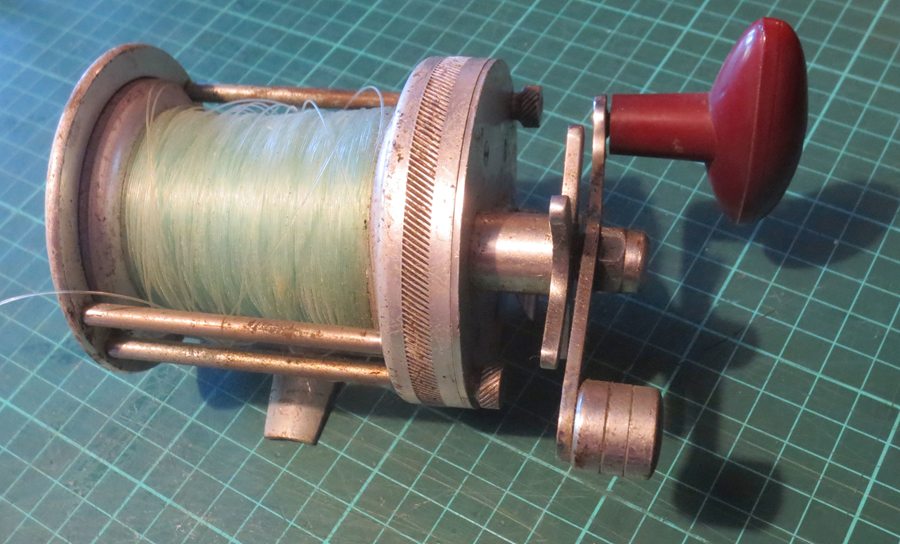
By 1952 it was reported that Keith was in talks with the RAAF to recondition aircraft engines in Newcastle. His firm was reported to be working on more than 50 engines at that time.
In 1953 Keith was reported to have opened a “new industrial photography studio . . . claimed to be the most complete in Australia” and to have invested in very expensive and specialised photographic equipment from the USA. Among his services aerial photography ranked highly, as did microfilming for libraries and businesses and high-speed film-making for industries.
In 1957 Keith was reported to have been operating a DH-90 aircraft from Royal Newcastle Aero Club’s airfield at Broadmeadow – presumably for joyflights and aerial photography – when the field’s closure was announced. With Broadmeadow considered too small for modern aircraft, the club shifted to Rutherford, near Maitland. Keith, however, believed that a site at Pelican Flat had potential, so he applied for a mining lease over the area and in 1959, with a 25-year lease (later made perpetual), started clearing and filling the 11 hectare site to create an airstrip. He also applied for and received licences to operate a flying school and charter business (1962).
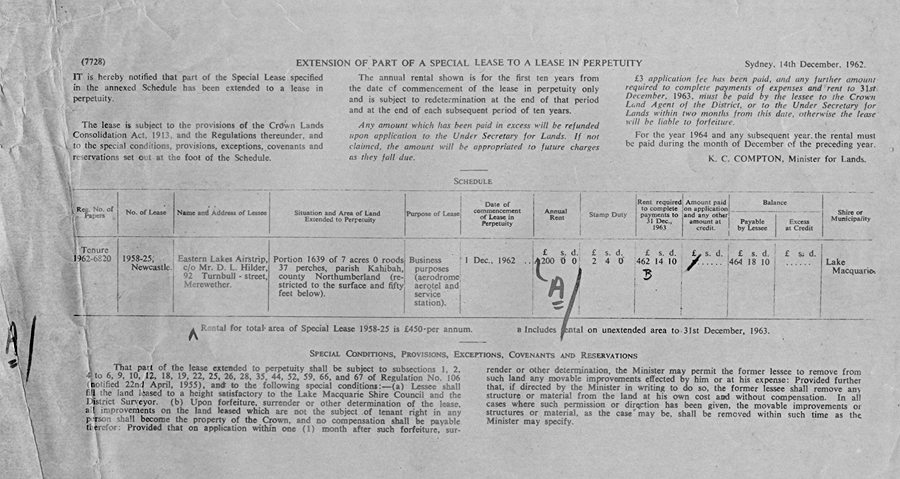
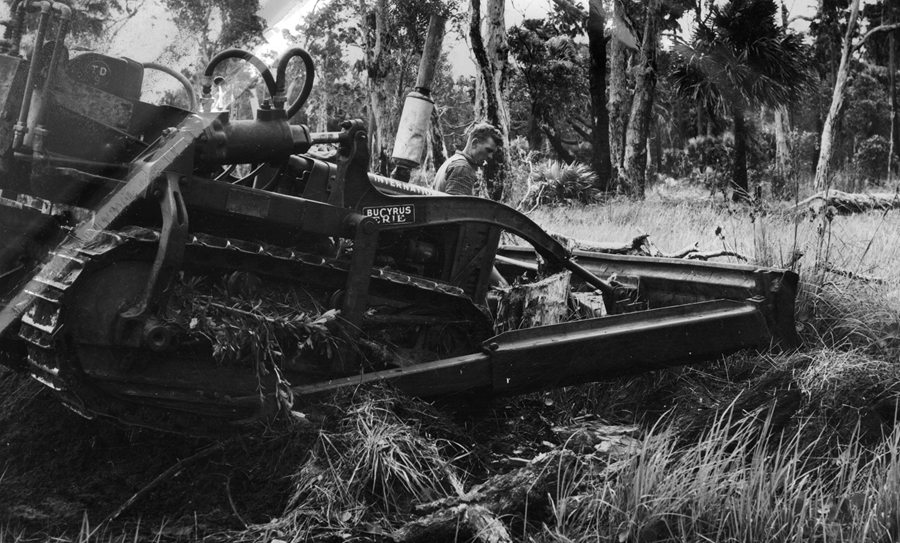
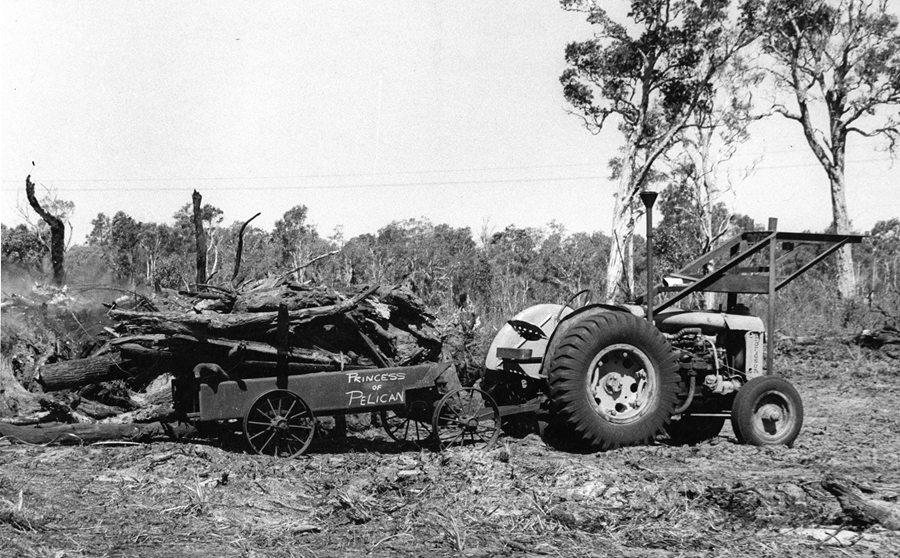
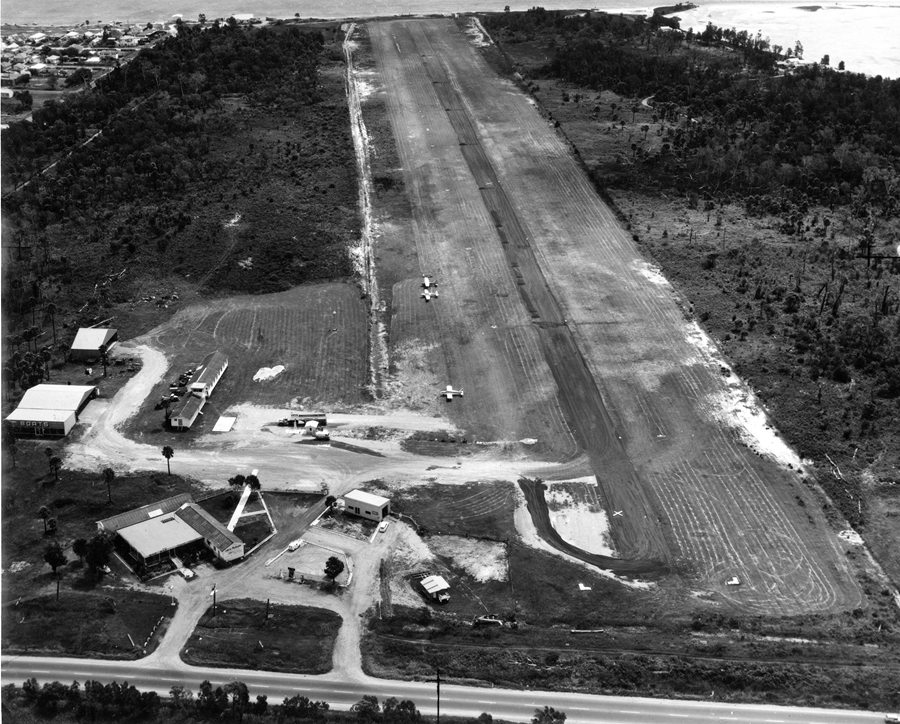
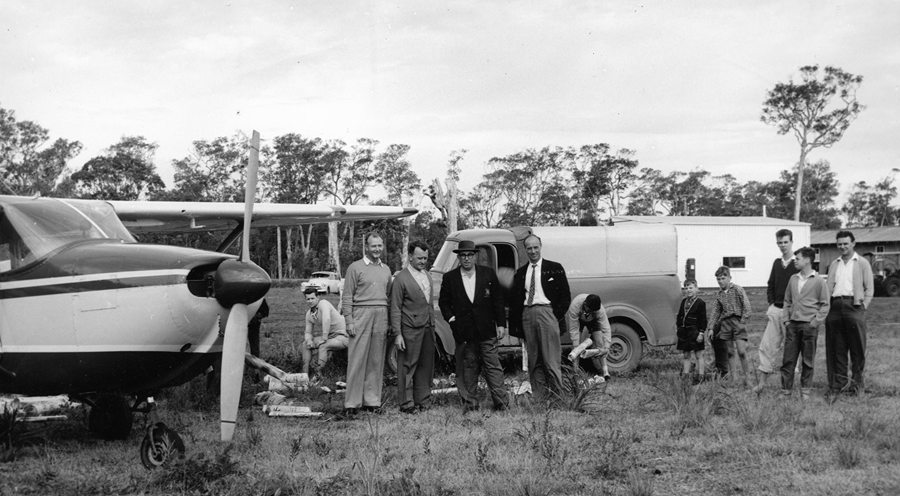
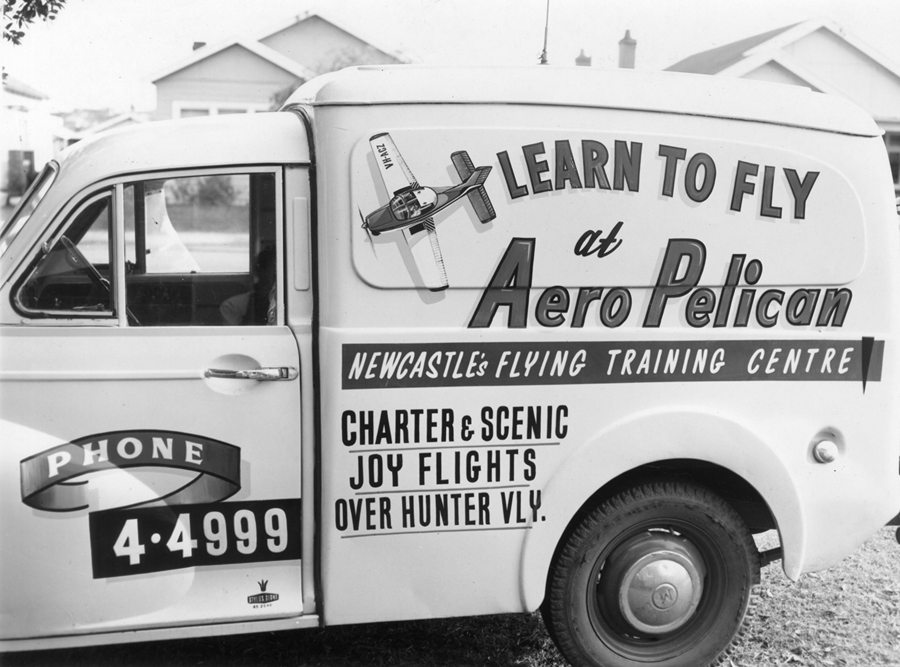
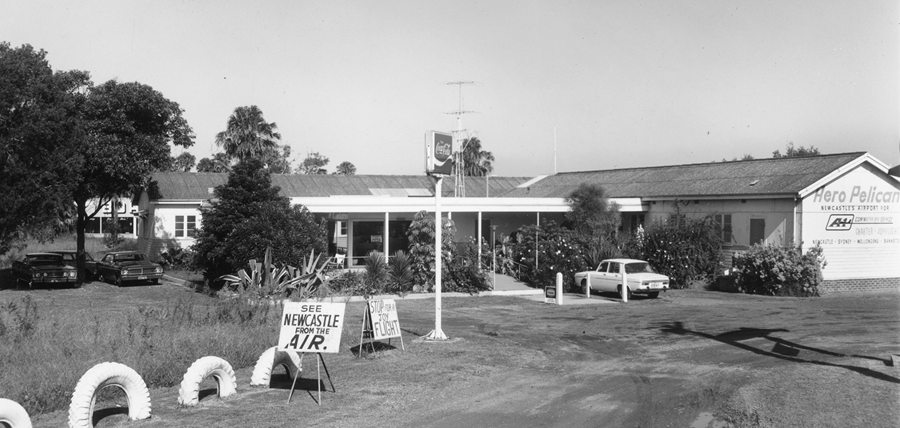
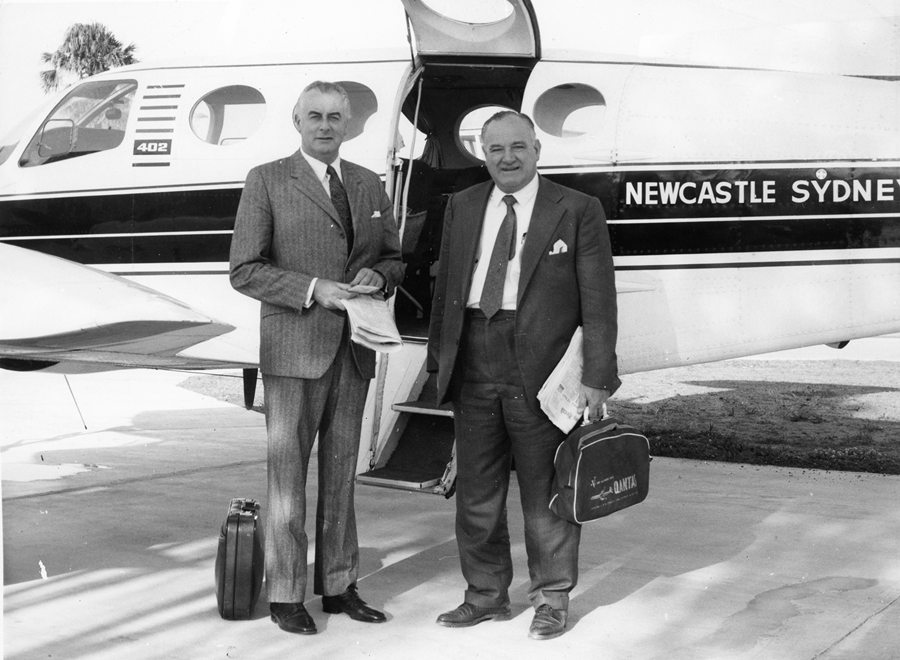
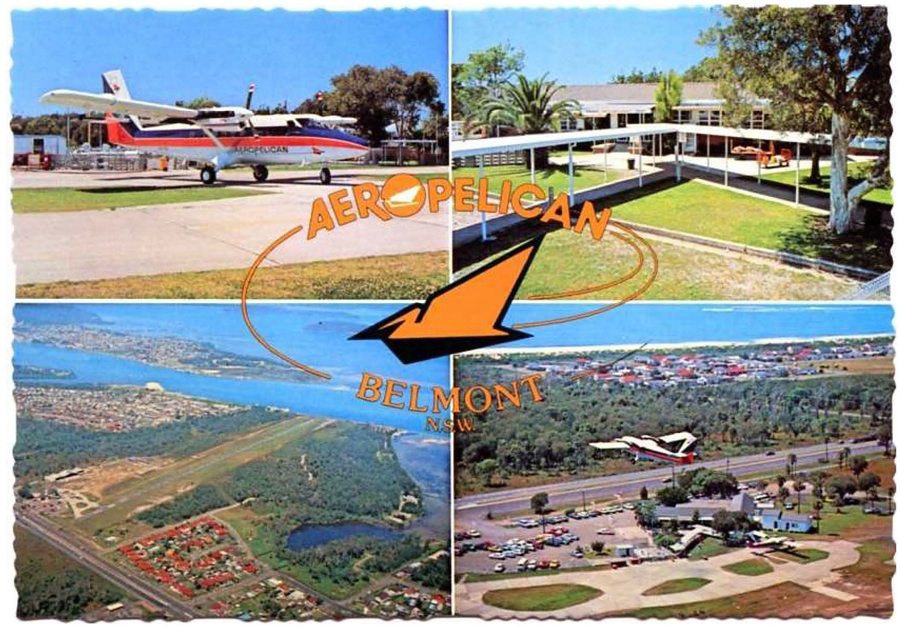
In 1967 Keith was given conditional permission to operate scheduled commuter flights from Pelican to Sydney and in 1971 Aeropelican finally got a licence in its own right to run regular scheduled flights, using an eight-passenger Cessna 402. The service proved popular, and in mid-1976 the first of Aeropelican’s famous Twin Otters arrived.
Keith never saw the new plane in service: he was hospitalized two days after its arrival and he died in Sydney’s Adventist Hospital on June 3, 1976.
After Keith’s death, his son Bill became Aeropelican’s general manager, buying two more Twin Otters before selling a majority share in the business to Masling Airlines in 1980. The flying school closed in 1980 and in 1981 Aeropelican was sold again, to a joint venture between TNT and News Limited. It later became a wholly-owned subsidiary of Ansett Airlines, which collapsed into liquidation in 2002. Since then the airfield at Pelican has seen a variety of ventures and proposals come and go. In its heyday, between 1971 and the year 2000, Aeropelican carried more than two million passengers on the delightfully scenic coastal route between Newcastle and Sydney.
According to Cheryl Edgtton’s account, Keith also owned a dairy farm at Gresford and, at one time, a service station at Merewether. “He was known as a cranky person, but was very soft with specific people, especially his
daughter, Barbara. He had a love for dogs of all shapes and sizes including Tinker the blue heeler, Joe the German Shepherd and, of course, Biggles the black/tan dachshund who ‘ran’ Aeropelican,” Cheryl wrote.
Keith Hilder was a cousin of Brett Hilder, the famous mariner and author of books including Navigator in the South Seas.


